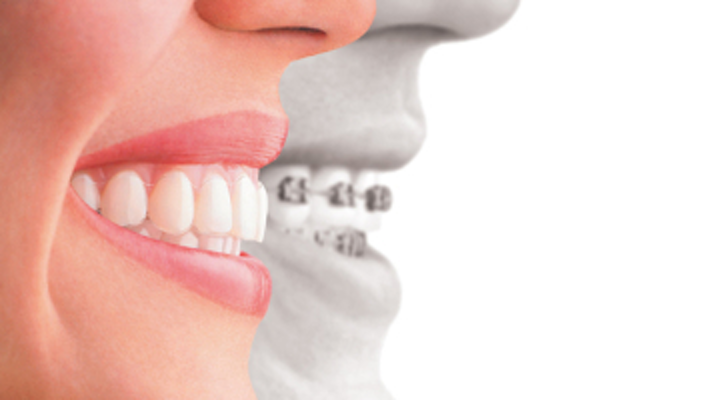Aligners have become a mainstay of most, if not all, modern dental clinics. Not only do
clear aligners allow the doctors to diversify the product offering and open a new revenue stream, but they are also a very strong referral tool and involve significantly less chair time than traditional braces.
Many orthodontists today, however, will still price aligners at a significantly higher price point than metal braces due to their relative ‘novelty’. Doing so, however, might be leaving a significant value on the table. If implemented correctly, a proper aligner strategy can have a profound impact on a clinic’s profitability and cost structure.
LESS CHAIR TIME = SHORTER TREATMENT TIME
Aligner treatments require significantly less chair time. Fact! Placing brackets can take anywhere from 30 to 60 minutes and requires a lot of tightening, which can be unpleasant for the patient. Aligners, on the other hand, are quite simple, and the initial fitting session will not take the doctor more than 5 to 10 minutes on average.
Tightening sessions and emergency visits, a staple of bracket treatment, become a thing of the past with aligners.
IMPROVING PROFITABILITY
Clinics that have more aggressively adopted aligners in their practice and have gained the confidence to tackle more challenging cases with aligners have seen significant improvements in their bottom line.
Since aligners require less chair time, a clinic is able to see and treat more patients during its operating hours. Additionally, aligners do not require the clinic to stock any brackets or parts that are required for aligner treatment. When accounting for other indirect costs such as overheads, salaries of assistants, adopting aligners increasingly becomes an economic as well as a clinical decision.
OTHER BENEFITS OF ADOPTING ALIGNERS AT YOUR CLINIC
Aligners also have a number of other great attributes that can greatly benefit a clinic. It allows for efficient scheduling, acts as a superb referral tool, helps differentiate the clinic, and a whole lot more.



